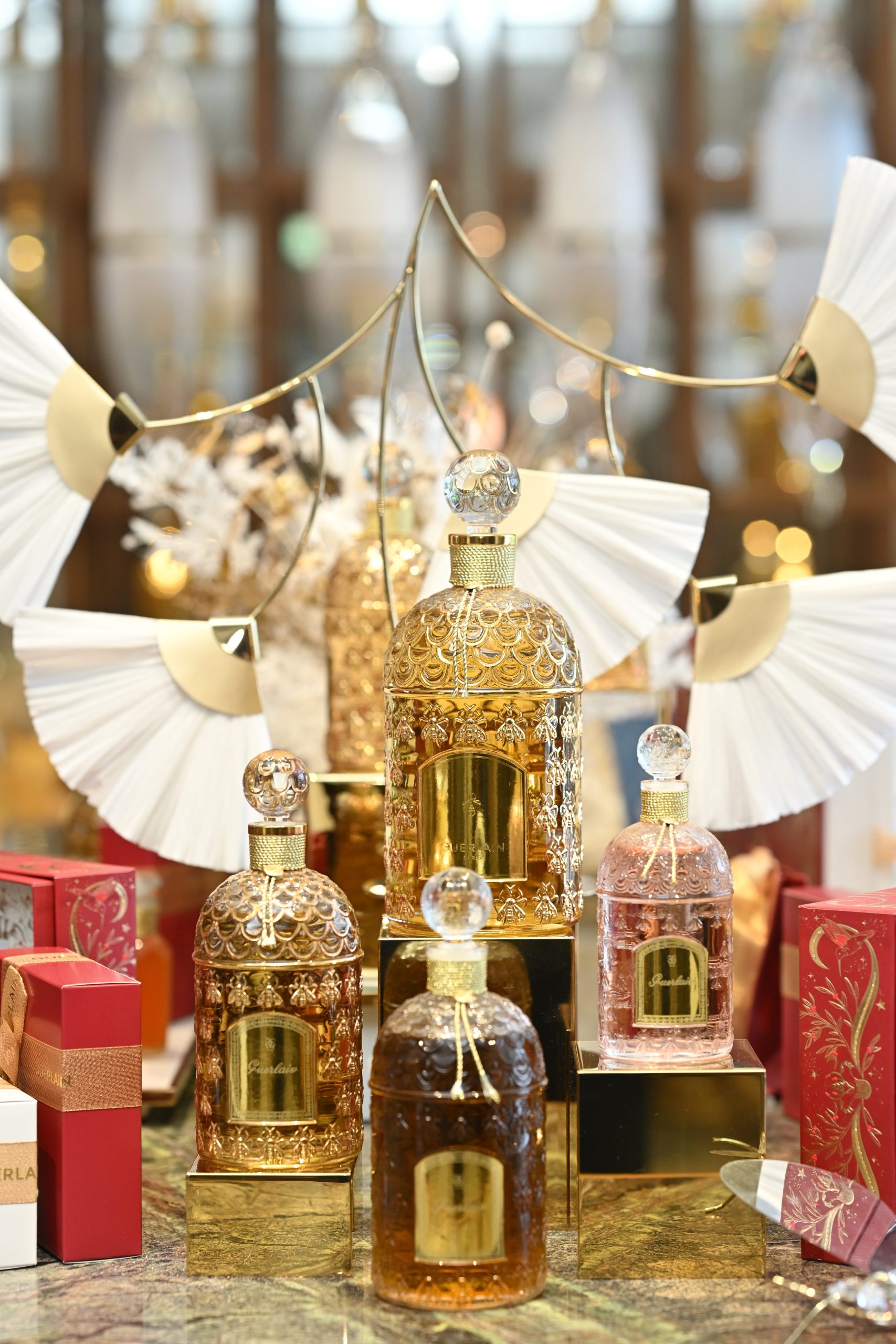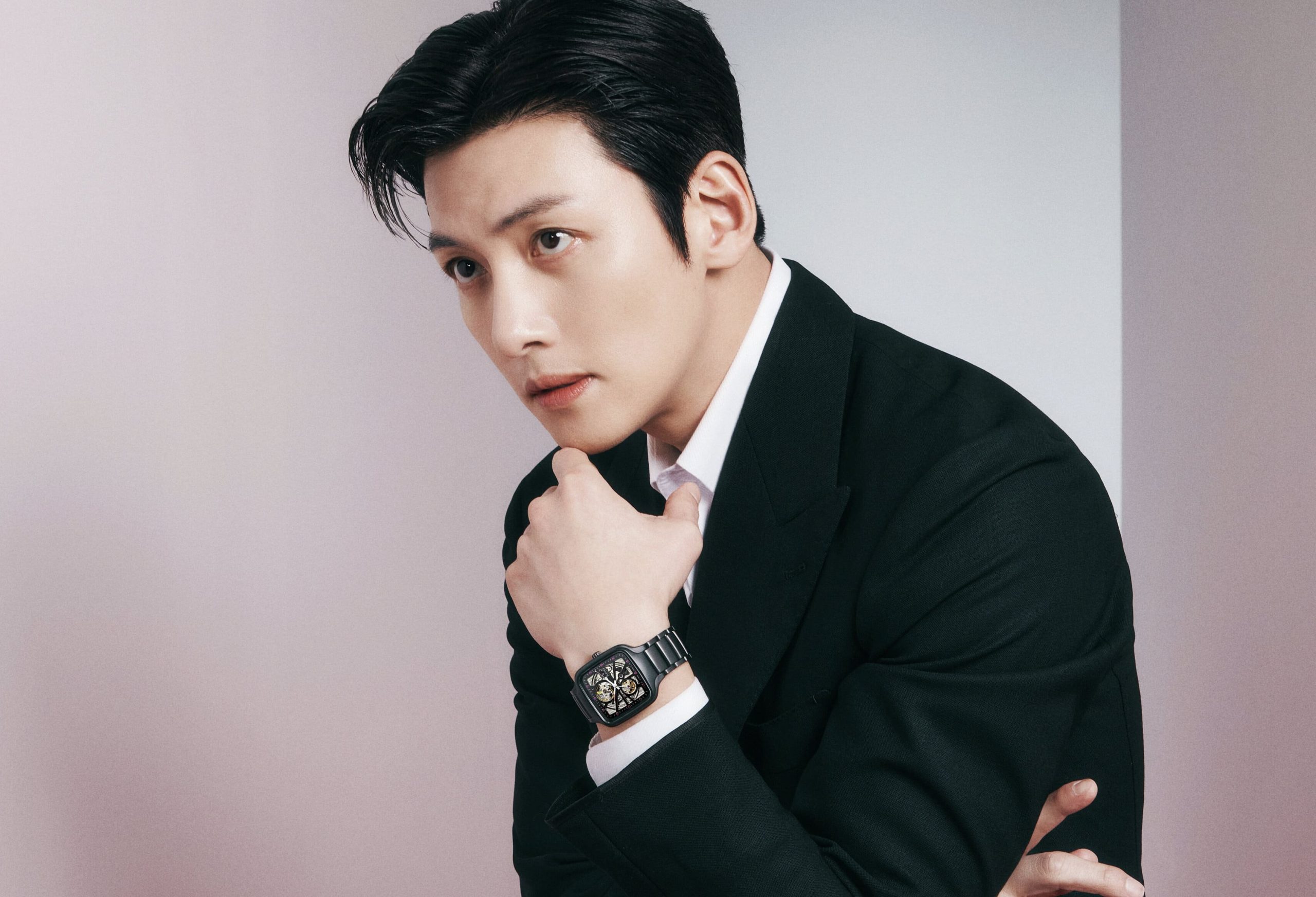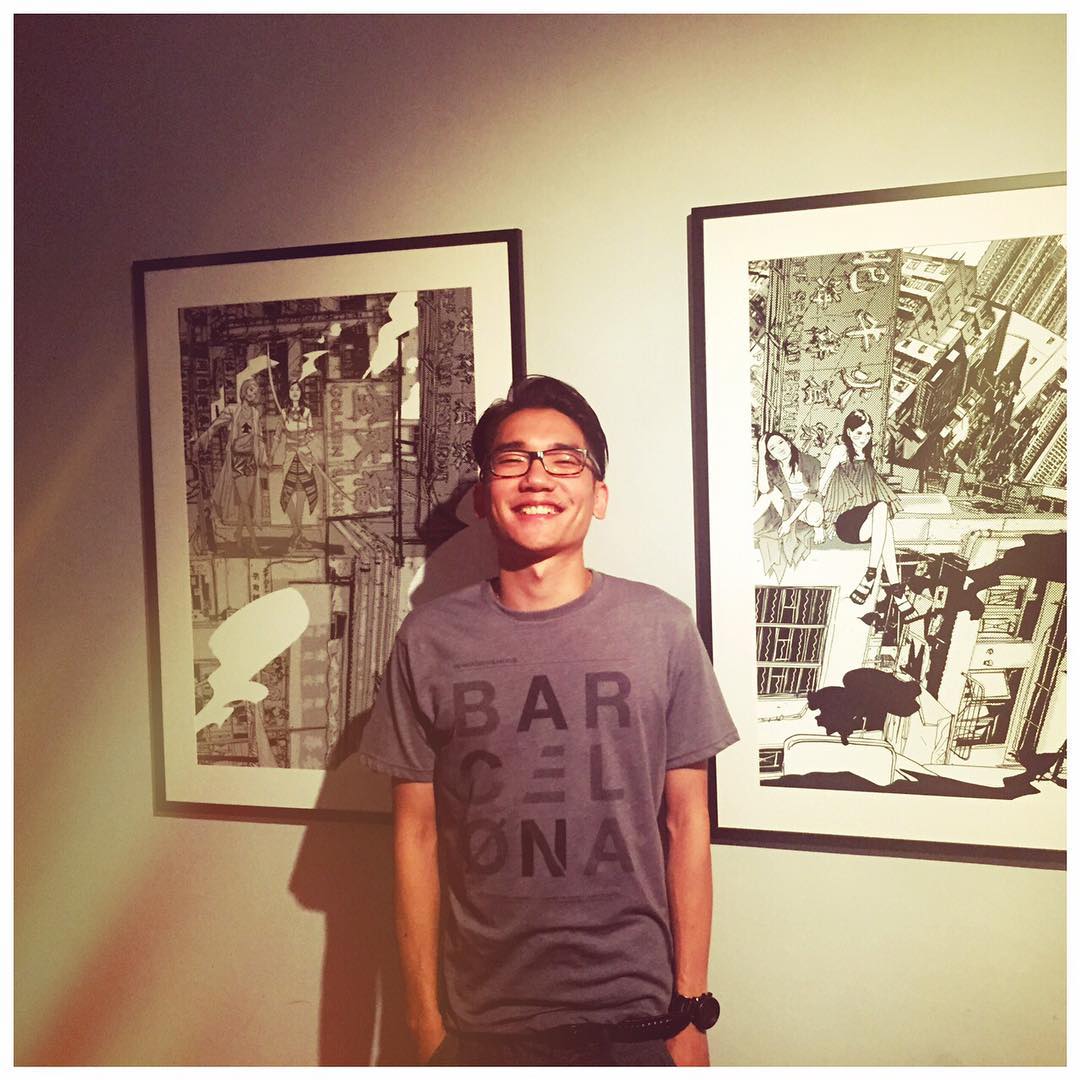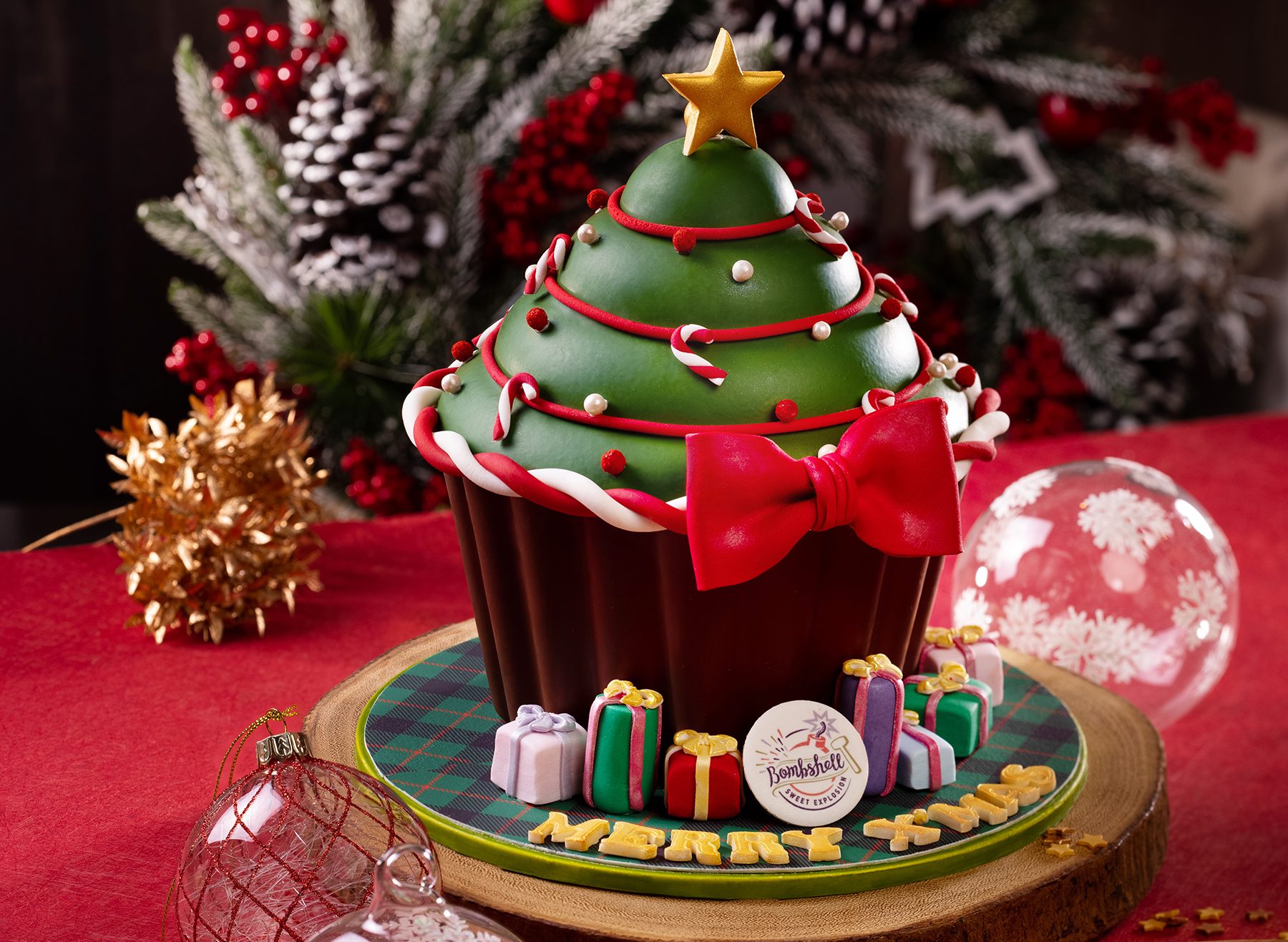Rings are arguably the most intimate tokens of love to give. We take a look at the history of these trinkets and why diamonds are the ultimate symbol of love
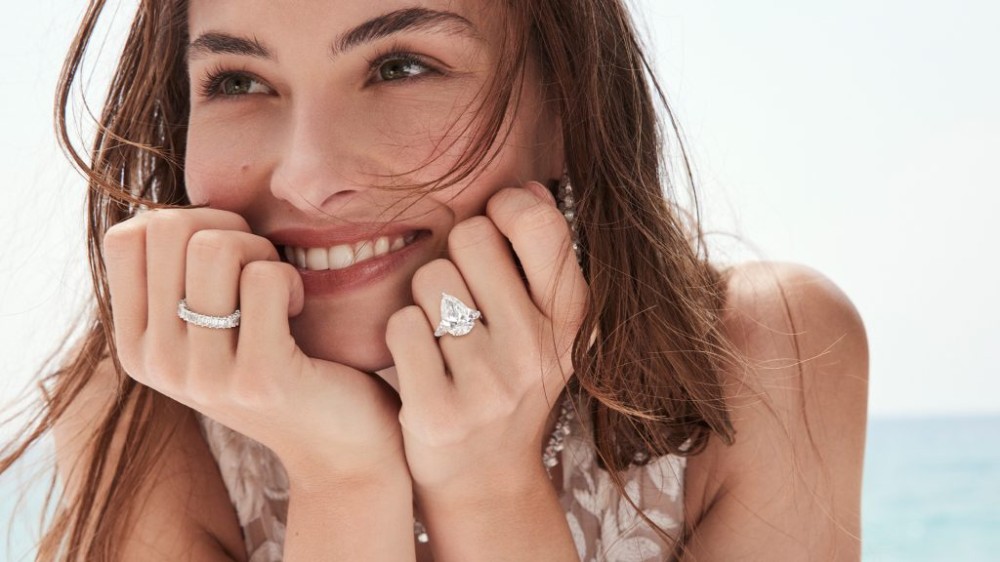
One of the oldest symbols of love and union, rings have played a unique part in human civilisation dating as far back as ancient Egypt and are found in tombs dating as far back as BC 2500.
Though they are symbols of power and status, rings were not always made the way we know them to be today. They were often made out of organic material such as grass, weed, bone, and hair.
Rings worn on different fingers symbolise different things- Qinglong famously collected yubanzi, thick rings carved out of a single piece of jade sometimes engraved with poetry, scripture or auspicious imagery he wore on his thumbs. Signets worn on the pinky engraved with initials often doubled as seals for European nobility.
Some believe the Romans, who pioneered the concept of proposals, wore engagement rings on the right hand because the left hand was deemed unholy. However, some literature suggests the Romans believed a vein ran directly from the left ring finger to the heart, which many believe is why modern-day brides wear their wedding bands and engagement rings on their left hand.

The solitaire design, where a single centre stone, often a diamond, is set on a ring band, sometimes accented with smaller side stones, has become the ultimate symbol of love.
History’s most famous romantics were among those who popularised the wedding band tradition. Napoleon Bonaparte showered his wife Josephine de Beauharnais with jewels during their life together. Alongside those famous tiaras crafted by a royal jeweller at the time Chaumet, Josephine received a toi et moi, or you and me, ring in 1796. Unlike the modern wedding ring, Josephine’s toi et moi ring featured two stones, a diamond and a sapphire.
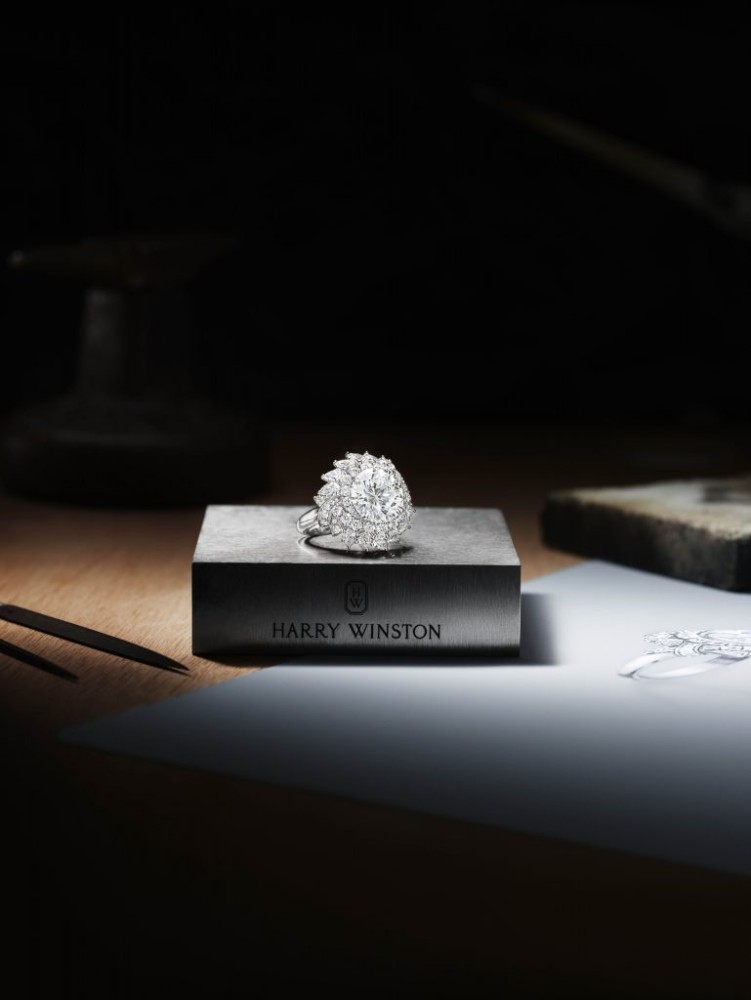
While the diamond is the gem of choice for most brides today, the concept of a diamond engagement is a contemporary construct. It wasn’t until the 1940s when DeBeers heavily marketed diamonds and crowned them the ultimate declaration of love, most brides received simple ring bands.
The jewellery and diamond miner famously declared an engagement should cost a man three months’ salary; jewellers like Tiffany & Co and Harry Winton popularised the solitaire design. The classic design highlights a single white diamond and carries connotations of eternal love, purity, flawlessness and being each other’s one and only.
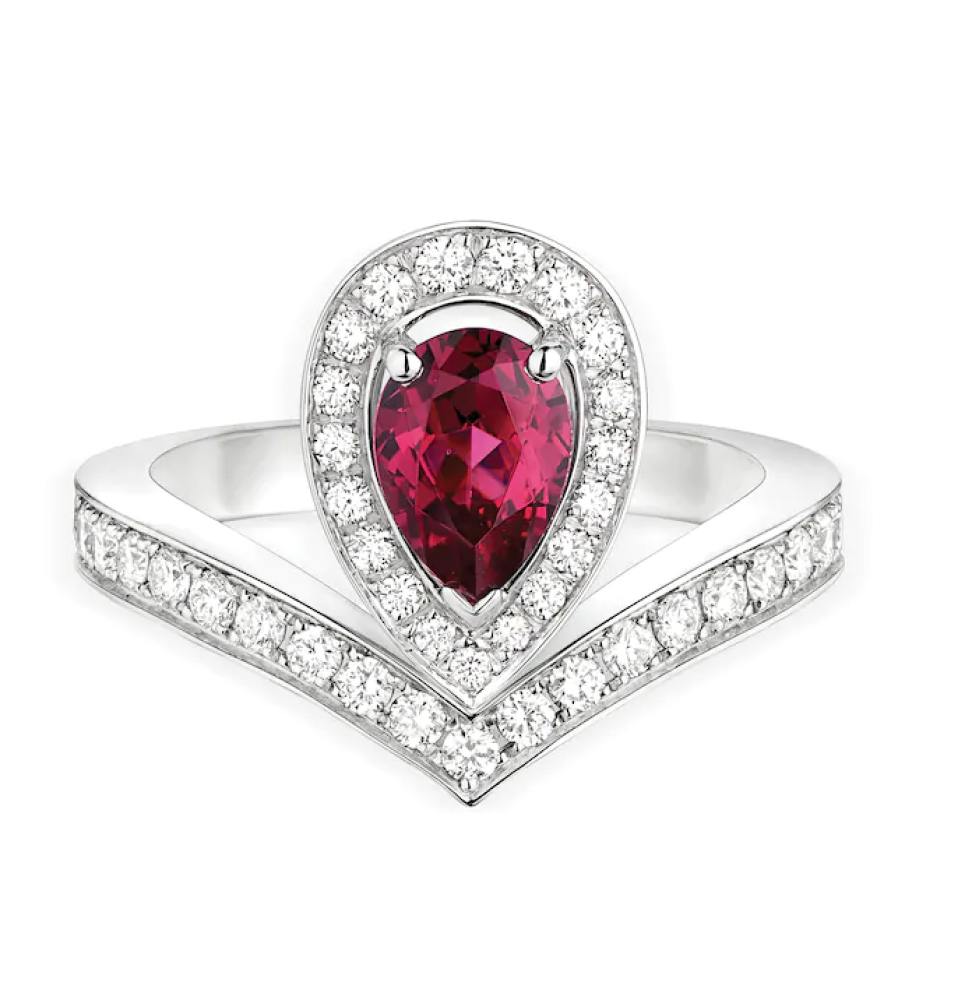
However, the past decade saw a revival of coloured gemstone engagements. Catherine, Princess of Wales, is largely credited for this trend; she received from Prince William the late Princess Diana’s sapphire engagement made by British jeweller Garrard.
Today, jewellers like Chaumet and Graff give less rigid definitions of an engagement ring. Chaumet, for one, offers coloured gemstone variations of its Josphine engagement ring that’s inspired by Josephine de Beauharnais’ tiara.
Few other jewellery designs carry quite the same weight, meaning and commitment as the ring.
Also see: Rolex’s 25 years of Galápagos marine reserve protection


